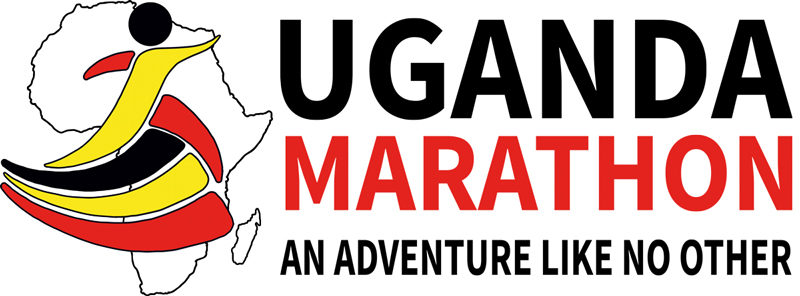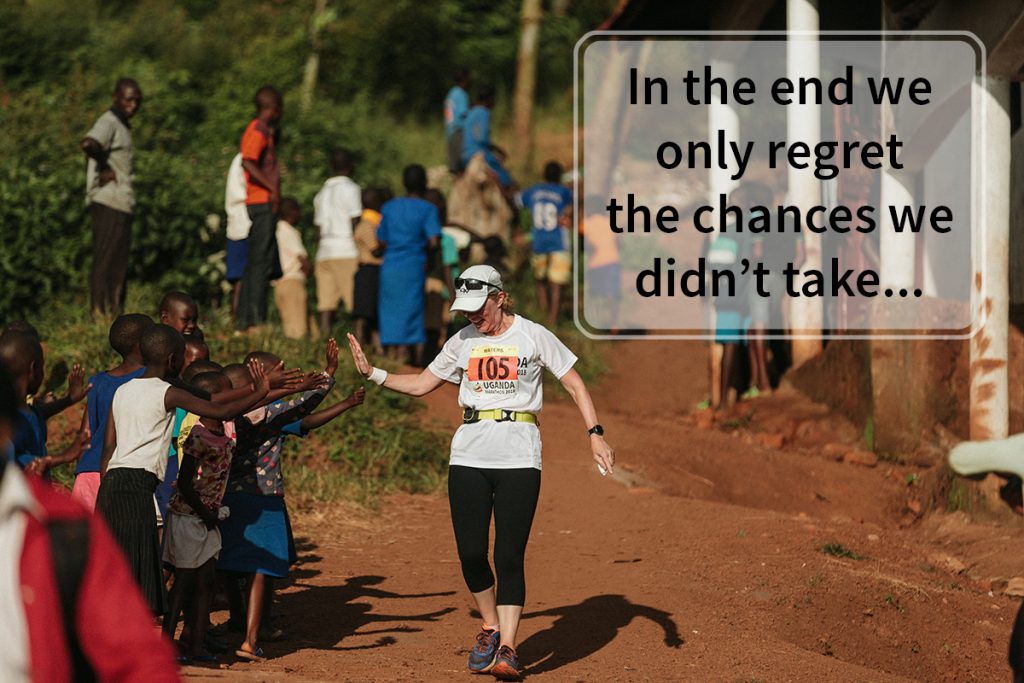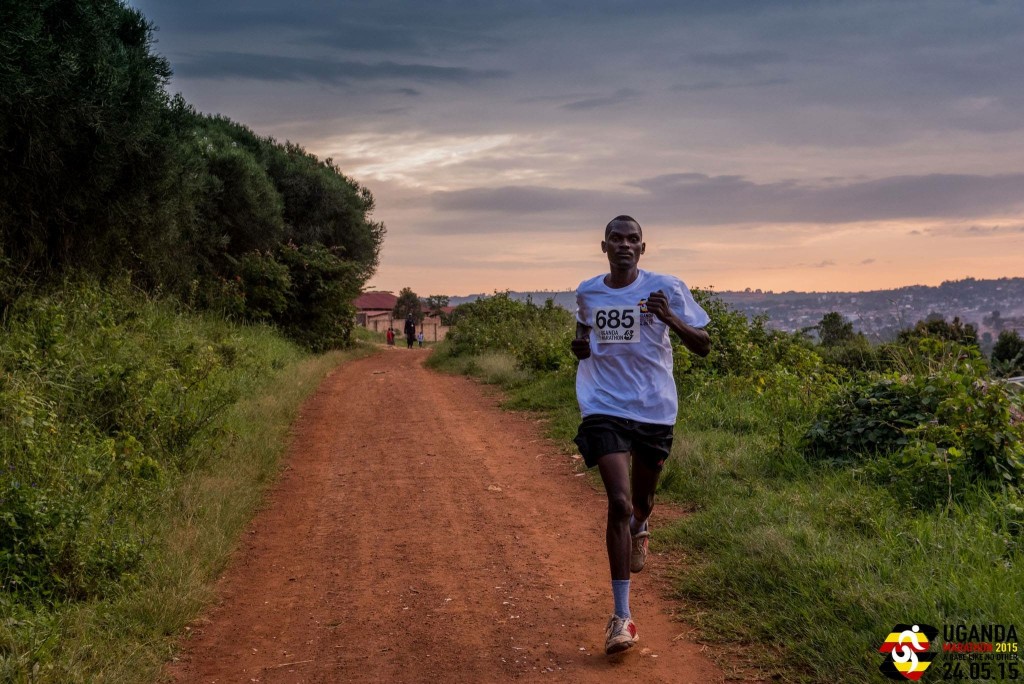
The UGM Runner’s Blog is our series of blogs dedicated to our International Runners. Written by a former UGM Runner, they share training tips, fundraising ideas and travel advice- all designed to help our 2016 Runners get the best out their six-day adventure…and the weeks leading up to the event!
It’s hard to believe. In 65 days you’ll be doing something incredible: running a 10K, half marathon or full marathon the Equator!
Around this time last year, two months prior to Race Day, I was well into my training plan. All was going well, but then I was suddenly struck by a thought: I’m preparing for a marathon in Uganda, but I’m training in the UK- how do I prep for Ugandan conditions in a very different climate?
After all, there’s a number of key factors about running in Uganda, including the:
- Heat
- Humidity
- Uneven, off-road, dirt paths
- Hilly terrain
- Altitude
But with some help from some more experienced runners, and some creative thinking (and trusty Googling!), I managed to come up with a few ideas that allowed me to prepare for the race in Uganda, whilst training in England.
Here’s some of the things that worked well for me when I trained for the Uganda Marathon 2015, and can be applied to whichever event you’re participating in, come June: the 10K, 21K or 42K.
1. Hill Training
I did a hill training session once a week every Thursday, and boy, did I come to dislike Thursdays! Hill training is really tough, as you’re having to work so much harder (against gravity), but it’s really worth it. You’re massively strengthening your body, and the more you incorporate into your training, the easier you’ll find hills in Uganda.
Once a week felt like a realistic goal for me, but you can never do too much hill training in preparation for Uganda. (You’ll know what I mean in two months time!)

2. Layer Up!
Some people thought I was a little crazy for doing this one, but I felt it really helped. You want to get used to running in heat/when hot, so an extra layer or two can help simulate this in the colder UK weather. Think tracksuit bottoms or a hoodie, when you wouldn’t normally wear them here. A nice bonus I found too- when it comes to running in your normal running attire in Uganda, it will feel way lighter and easier to run!
(As you can imagine, extra layers leads to quite a sweaty affair, so make sure you hydrate more to compensate! You’ll sweat more in Uganda anyway, so this is a good habit to get into now.)
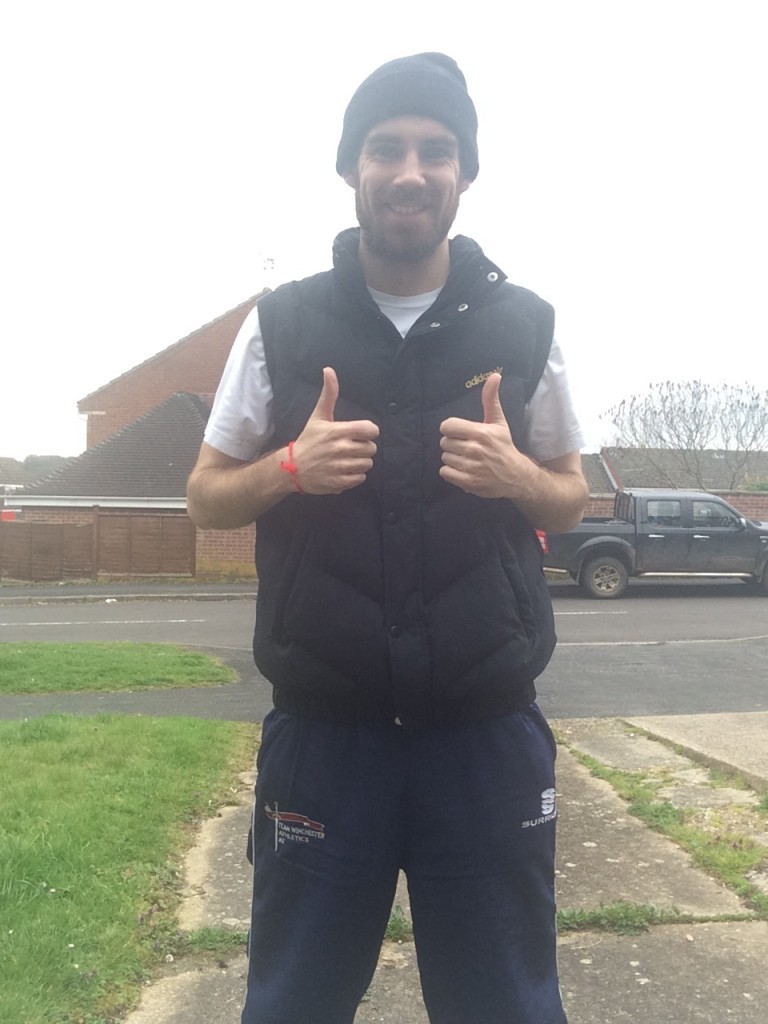
3. Off-road training
Aside from the stretch at the beginning of the course, you’ll be running off-road. The ground in Uganda is particularly uneven, so I’d recommend doing some off-road running in the UK to simulate the conditions. This will help get you used to running on an uneven surface and help strengthen your ankles in preparation.
I tended to mix in both road and off-road training into my runs due to where I lived, but much like hill training, you can’t do too much off-road training, as it will all be a massive benefit come June 5th.
4. Footwear- Trail Running Shoes
Okay, I have a confession on this one… I gambled last year and didn’t take any trail shoes with me, relying on my trusty old (normal) running shoes. The weather stayed fine on Race Day, so everything worked out.
But when I stayed in Uganda post-marathon and went for a run, I got caught in the rain- the dry orange dirt paths quickly turn into muddy, soaked paths, and I was slipping all over the place!
So I can’t recommend trail shoes enough, just-in-case the worst should happen and it rains on Race Day. Running a race in Uganda is the one of the most enjoyable running experience you can have- so you want to be comfortable for it (and make your challenge as doable as possible).
Train in them now if possible, break them in, and pack them for Uganda. Then you’ll know you’re covered.
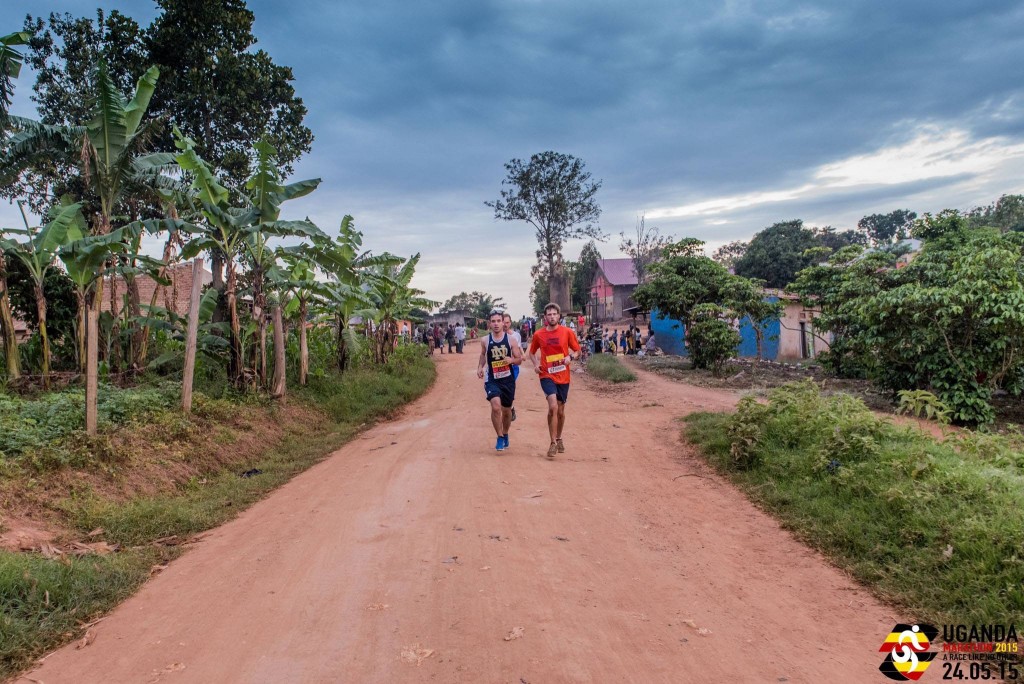
5. Tackling Altitude- Miles, Miles, Miles
Preparing for Uganda’s altitude is probably the trickiest factor to prepare for, as you can’t really simulate it. Luckily though, being 1200 meters above sea level, it’s not too much higher. From my experience as well: I only noticed a difference on the first couple runs (before I got used to it), and many fellow runners never noticed it at all.
For my preparation though, I just tried to cover as many miles as possible in general. The fitter I was, the better my lungs would be, and the easier it would be to cope with any altitude conditions, or so the logic went in my head this time last year.
But for the more adventurous, one of last year’s runners did a few sessions in an Altitude Centre in London!
Bringing it all together…
No matter how big or small, every training run you do between now and June will help, and if you can throw in a few of these techniques as well, they will all help you to be even more prepared for June 5th.
Until next time, good luck with your training and fundraising! Two months and counting..! 🙂
Like to read more?
